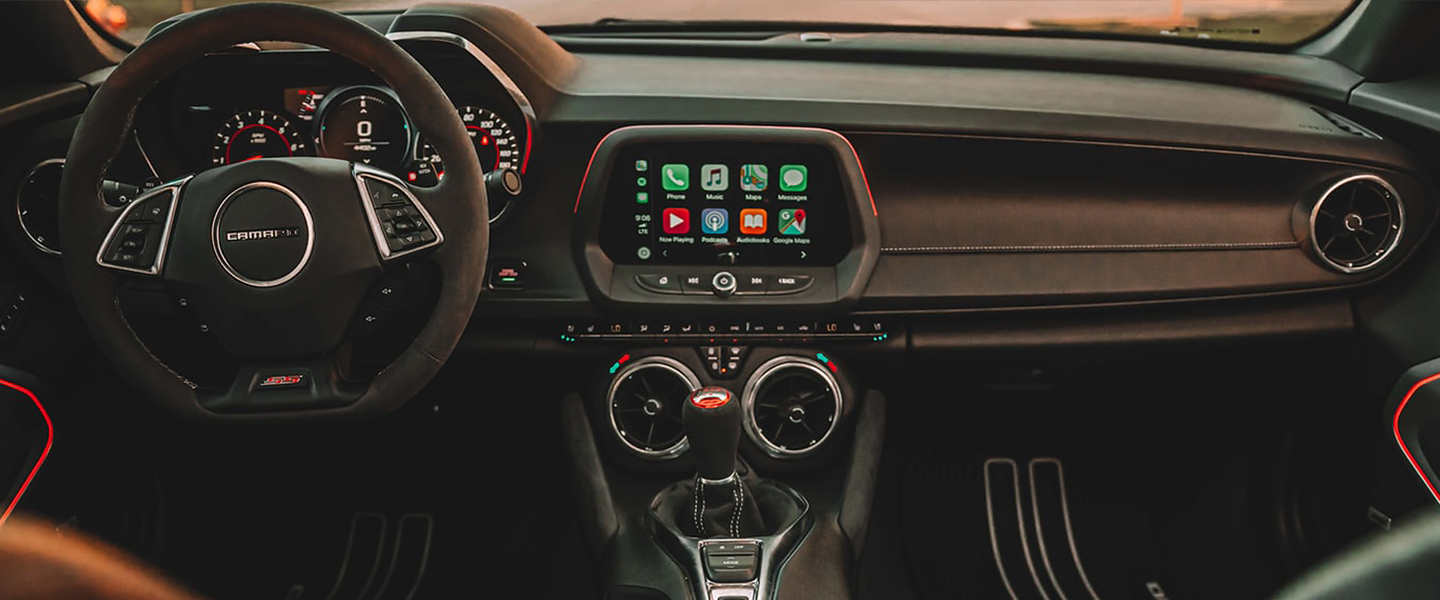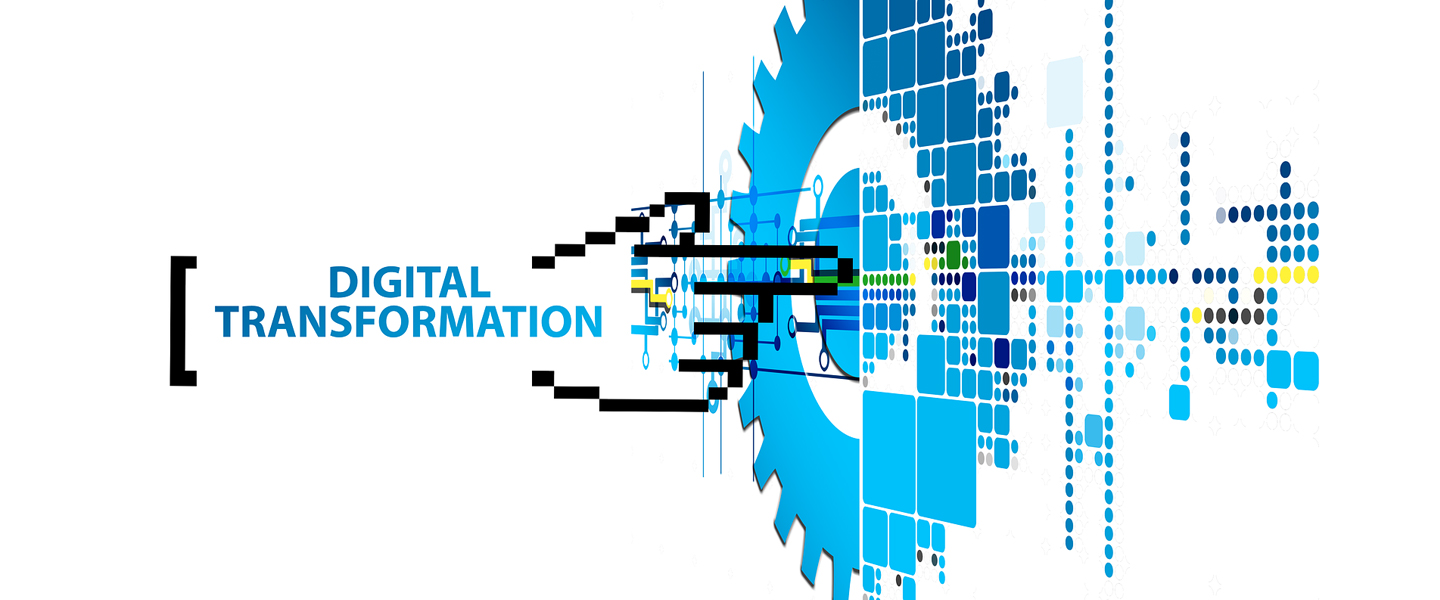Mobile apps drive the future of driving and in-car connectivity
Automotive technology makes driving easier but adds new complexity and risk
When it comes to using mobile apps to boost the user experience in vehicles, the sky's the limit, however, as with all lofty aspirations, there is always the risk of a disastrous plummet back to earth.
It’s hard to believe that it’s been about 30 years since Bluetooth first visioned a brand new way to free mobile phone users from the shackles of their mobile devices. It took about 10 years before the first connected device was unveiled and another five for automakers to start integrating it into their products.
The ability to physically control your phone and various other vehicle systems from a central location (car head unit) didn’t come along until about 15 years ago. Android Auto and Apple CarPlay are about 10 years old, and these systems are rapidly becoming the standards for 1-place vehicle-system control and in-vehicle connectivity.
The integration of Apple and Android platforms into cars has served two purposes — it has enabled those familiar with their smartphone screens to quickly recognize and navigate their vehicles’ touchscreen displays and import useful mobile phone apps. As illustrated in Appnovation’s work on Samsung’s secure cross-platform mobile solutions, web development leaders like Appnovation are well-versed in integrating disparate user and data-gathering requirements across platforms, to facilitate a more holistic view of the customer. Automotive businesses are increasingly turning to experienced Agile Development partners to add value in the design and development of mobile tech automotive solutions that address the rapidly evolving needs and expectations of car drivers and passengers.
“Incorporating more automotive mobile apps brings us one step closer to a fully automated driving experience, where from the moment you step into your car, you’re in your office,” says Tao-Nhan Nguyen, Appnovation’s Manager, Technology (Mobile).
Step into your ‘home and office on wheels’ and deal with your emails, check on your health, pay bills, turn off the air conditioner, and buy your groceries, all before you even arrive at the office. And when you get there, tell your car to drop you off at the door, so you don’t even have to search for a parking space. That’s the connected driving experience of the future, and the future is now.
Appnovation’s mobile developers work as a team to design and develop the right mobile solutions for businesses by quickly and expertly analyzing goals, gathering requirements and building solutions designed to enhance the user experience. Our automotive app and car maintenance app experts do the same thing for car companies intent on optimizing the in-car experience of drivers and passengers.
Despite how far we have come with development, integration & platform engineering, we have barely scratched the surface of developing in-vehicle apps to make it easier to navigate future streets. The amount of glass in a vehicle cabin makes it an ideal screen for augmented reality, allowing drivers to see at a glance not only map directions, but also location-specific information such as places to eat, electric vehicle charging stations, or a good place to find that special gift in response to that birthday alert that just came in.
Some of the more interesting automotive mobile technologies involve the integration of health and wellness apps that are already available on mobile devices. Hyundai has already showcased a way to integrate these sorts of apps and all their required sensors into its interiors.
“These kinds of features are great to have in cars and are really easy to integrate,” says Appnovation’s app-developer and automotive mobile development expert Shazmah Nawaz. “We already have apps that can track a person’s health (for example blood pressure and pulse).Wouldn’t it be great to tie those metrics into a car’s systems, so that a person experiencing low blood pressure, low blood sugar or an irregular heartbeat could be prompted to stop driving and take a rest, or perhaps even prevented from driving at all, if necessary? ”
The downside is that integration of all this technology brings a host of other distractions into the vehicle — distractions that didn’t even exist 35 years ago, let alone could potentially impact the task of operating a motor vehicle.
Appnovation is well-versed not only in developing and implementing technical and platform decisions to meet the immediate and evolving needs of clients and their customers but also in thinking and planning for scalability and expansion as automotive businesses deal with the known and unforeseen changes which arise as technology and the automotive market evolve.
With the evolution of technology comes accompanying quality and service concerns.
“Technology can glitch; machines can fail; servers can go down at any time,” says Nawaz. “Technical problems are just another item to add to the long list of things that can break down and make a car undrivable.”
Another timely topic related to connectivity is cybersecurity and how to best protect the massive amounts of data that car computers are collecting, using and sharing. Original equipment manufacturers (OEMs) are looking at blockchain to facilitate transaction processing for such things as car purchases, supply chain management, car security, car services, fractional ownership and autonomous vehicles, among other things.
Of course, there are cyber-security risks associated with all technologies. And that risk intensifies if potential issues are not addressed before and during development. Protecting the data being gathered by an increasing number of vehicle systems, making sure vehicles are being used by qualified operators, and keeping unwanted hackers from tampering with systems for malice or profit, are all issues that vehicle technology developers must deal with.
Appnovation has done quite a bit of work in the cyber-security space, particularly for financial institutions such as the Society for Worldwide Interbank Financial Telecommunication (SWIFT) and health-sector companies such as Sutter Health, because, as we all know, cyber-security concerns span all industries.
What do you see as the overwhelming advantage of increasing connectivity in vehicles and what are some of the most pressing issues that automotive web developers will need to overcome?


